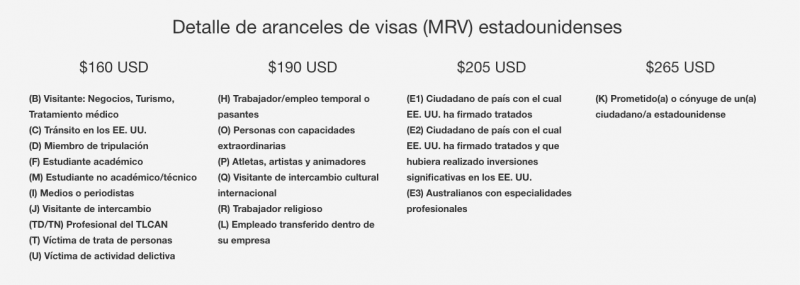Ahead of loan providers approve the loan, they are going to very first check your credit score, credit file, while having a factor, the debt-to-income ratio, popularly known as DTI. All these conditions will show whenever you pay exactly what you owe. DTI is actually a proportion of loans in line with money and it also will show if or not there is the way to afford the loan.
Generally, lenders take a look at DTI to determine exactly how much of the income goes to bills you already have. In case the Financial obligation-to-Earnings (DTI) ratio was low, it indicates you’re making more cash than you borrowed from. While doing so, a premier DTI ensures that the majority of your paycheck goes to your debt repayment.
What is Obligations-to-Money Ratio

Debt-to-Money proportion try a good metric you to definitely creditors use to evaluate a keen person’s convenience of investing their costs and attract payments. They decides so it by researching a person’s month-to-month debt burden up against its total monthly earnings. Additionally, many lenders consider DTI since the a primary grounds whenever deciding if they is always to provide you money or perhaps not. It assurances all of them one to borrowers renders regular payments and take a whole lot more personal debt if needed.
The debt-to-income proportion (DTI) try a mathematical logo out-of exactly how their month-to-month costs compare to the gross income. Because a portion, that it metric lets loan providers have a look at if you can effortlessly manage economic financial obligation of course, if they have to approve that loan for your requirements. Merely separate your own monthly costs because of the count you have made a good few days to know where you’re.
Generally speaking, lenders examine people who have highest Financial obligation-to-Money (DTI) ratios because riskier individuals since they will get find issues while paying down the loan once they deal with monetaray hardship.
To help you assess an effective borrower’s DTI ratio, lenders use the front-prevent and you will back-prevent rates. Let’s look closer at each and every and how he’s identified:
Front-Avoid Obligations-to-Income Ratio
It is also referred to as houses ratio, front obligations-to- income proportion compares the individuals gross income about what he could be paying for casing expenditures. It is computed given that a portion the place you split the latest housing costs by revenues. The best front-end debt-to-money ratio should not exceed twenty eight%. The fresh new housing can cost you add only mortgage appeal and you will money. Simultaneously, gross income ‘s the overall money made, including taxes.
Back-End Obligations-to-Earnings Proportion

Whenever lenders assess your creditworthiness, they use a back-avoid Loans-to-Earnings (DTI) ratio to guage simply how much of terrible monthly earnings are spent on personal debt cost. Is believed for a financial loan, your back-stop DTI needs to clock in the thirty-six% otherwise down. To help you estimate the trunk-prevent DTI, split your total monthly personal debt debts by the terrible month-to-month earnings, after that proliferate they because of the 100.
Whenever calculating the overall month-to-month obligations expenses, you must factor in repayments to own mortgages, playing cards, finance, and just about every other existing financial obligation.
Such, thought a person with a homes cost of INR fifteen,000, month-to-month debt expenses regarding INR twenty five,000, and you may a revenues per month totaling INR 60,000.
Out of this example, the borrower try skilled adequate to shell out their homes expenditures yet problems having controlling loans fees into the correlation with income. For this reason decreased efficiency, lenders tends to be wary of lending fund as they should consider the newest borrower’s capacity for repaying what’s owed.
Figuring DTI Proportion
Whenever figuring the debt-to-Money proportion, and that analyzes whether or not a person is a viable borrowing personal loans Ontario OR exposure. You should factor in the fresh new monthly obligations costs and the gross month-to-month earnings. This sum includes cost from loans, insurance fees, taxes, and other applicable charges up against one’s money prior to tax write-offs. From inside the Asia, a reasonable DTI ratio is about forty%; although not, it is better when you yourself have a lower DTI.